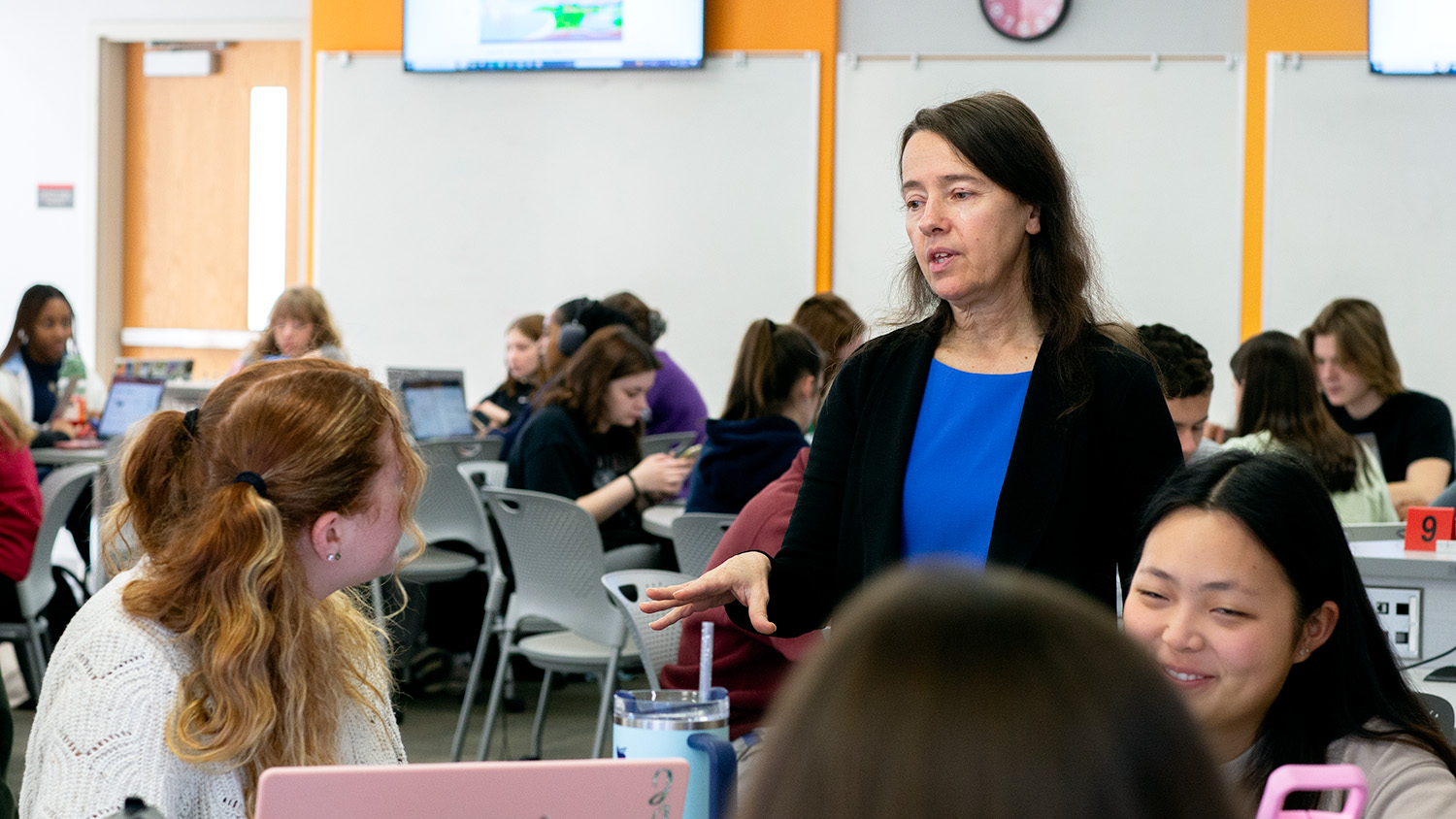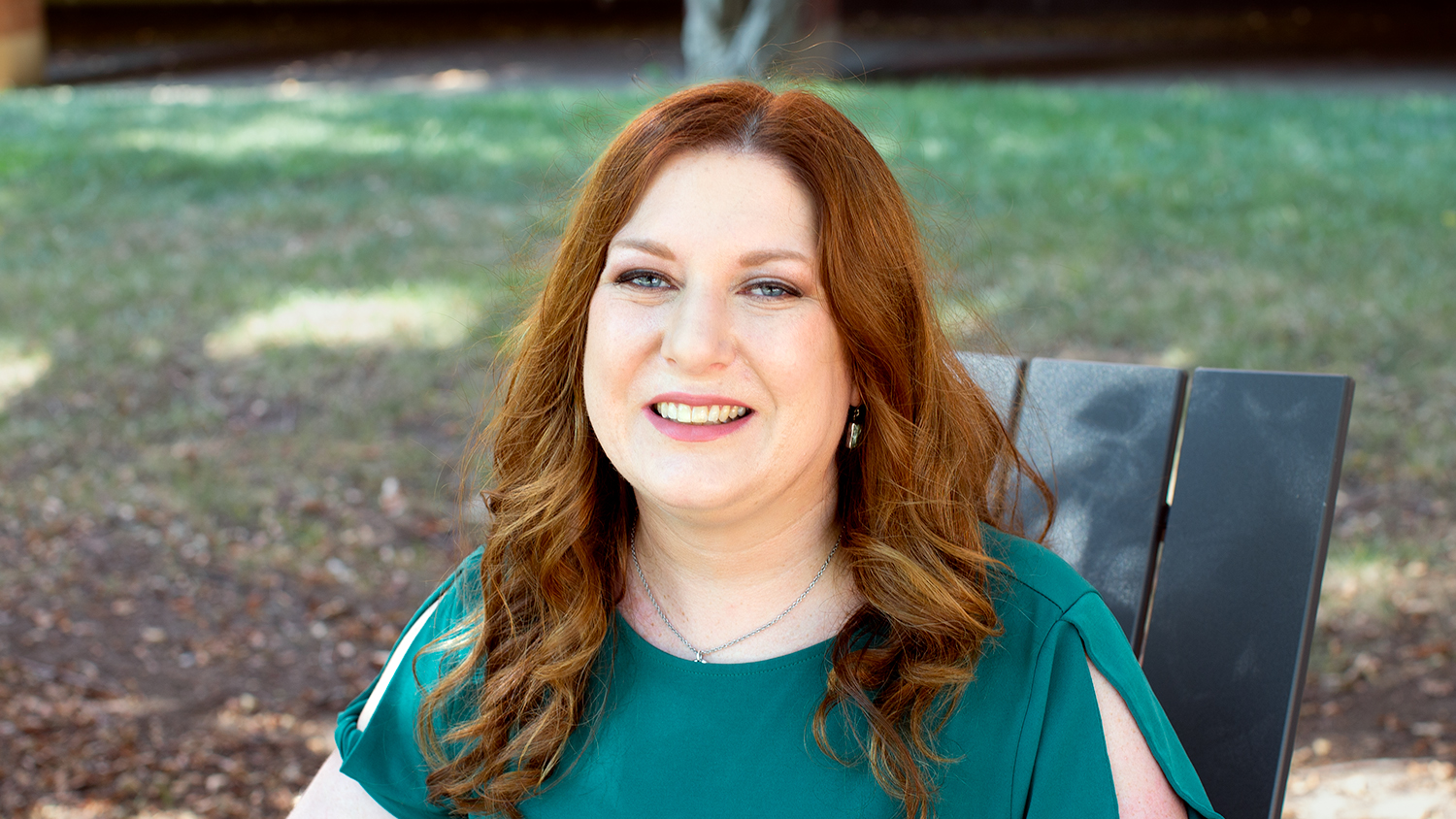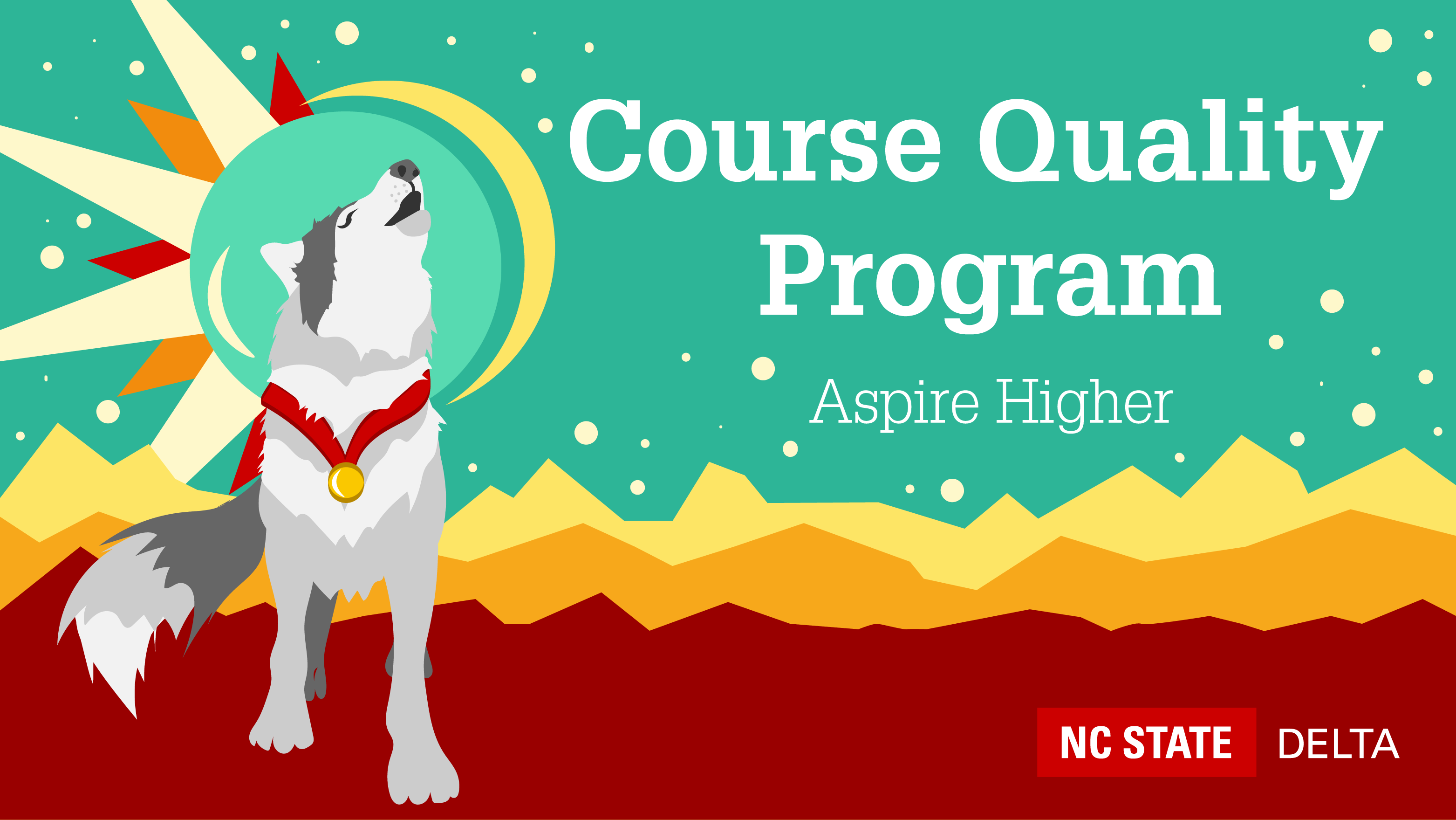eFIRE: A Hot Topic at NC State and Beyond
Laurie Gharis and Jennifer Evans have a burning desire to teach others about prescribed fires. With assistance from DELTA, various partners throughout the state and the NC State community, this passion has resulted in the creation of eFIRE, electronic Field-based Interactive Rx-fire Experience.
An interactive microsite, eFIRE teaches viewers about the phases and formalities required for prescribed burns through video, virtual reality and self-quizzing.
Gharis and Evans took the first steps for this project in Fall 2013 through the submission of a proposal for a DELTA Exploratory Grant. As a supplement to an existing seated course taught at NC State, eFIRE was created to give online students a prescribed fire field experience.
Dr. Robert Bardon, associate dean of extension and department extension leader and professor, has used eFIRE to complement his existing seated course material. As the co-instructor of FOR 610, Special Topics in Forestry, Bardon used the information on eFIRE to “expose students to fire and its importance in the management of forests.” eFIRE’s information given from professionals’ perspectives was especially beneficial to Bardon because neither instructor for the graduate course is an expert in prescribed fire.
“[eFIRE] allowed us to introduce a topic from the perspective of professionals and private landowners. It was essential for us to be able to provide this picture on the importance of fire since it is a major part of forest management,” said Bardon.
Not only can eFIRE be used locally, the interactive microsite is available worldwide, welcoming viewers with backgrounds from beginning burners to experts. This user-friendly site is divided into four phases: Why Burn?, Planning, Conducting and Evaluating. Each phase contains instructional content relating to that step in prescribed fire. Prescribed fire experts discuss different objectives for prescribed burns, personal protective equipment, weather and smoke, and key information pertaining to three different locations filmed in North Carolina that show prescribed burns in the process. Incorporating case studies allows eFIRE users to access knowledge about the different phases of prescribed fires. The phases and processes followed are similar to other locations throughout southeastern United States, thus making this information applicable to a number of regions.
There are nearly 70 traditional videos on the microsite and 10 360° spherical videos that provide a virtual reality field experience. While listening to the expert, the viewer may watch prescribed fires, follow the direction of smoke, look up to the tops of trees and down to investigate the duff layer on the ground, encompassing the entire environment. To investigate all the scene has to offer, the user simply clicks the mouse to move the cursor across the screen revealing the 360° video.
“You’re not locked into watching an individual talking,” said eFIRE Project Lead and Instructional Designer Cathi Dunnagan. “Just like the student standing in the field, you can look up, down, all around, while listening to the expert.”
Viewers can assess their knowledge about prescribed burns at any time through online quizzes found on Moodle. Although a phase-by-phase approach is suggested for students, the ability to access quizzes in any order allows individuals to explore eFIRE in their own, personalized way. Access each quiz by clicking the appropriate link at the bottom of each page. Once directed to Moodle, NC State’s enterprise learning management system, viewers can sign in as either an NC State student or as a guest user. Each quiz is a self-test based on the information presented on the eFIRE site.
To gather all of the information necessary for the site and videos, Gharis and Evans worked on the original content for the site while incorporating data from additional sources. The team used detailed spreadsheets to define tasks, track updates, provide editing suggestions and mark off completed jobs. Experts from across the state and the southeastern United States were involved in content and assessment reviews as well as eFIRE microsite evaluation. For video production, Evans identified potential locations, times, landowners and experts. This provided the DELTA team with options to choose locations and times for capturing core content. For the professional perspectives and case studies, Evans contacted prescribed fire experts from agencies and organizations as well as landowners. Working with Dunnagan, Gharis and Evans created a set of interview questions and provided these to each expert prior to the on-site recording. This approach ensured that the on-site videos correlated to the core content.
“It has made teaching easier in the sense I have a resource that I can rely on to present a subject from the perspective of others in the field who actually have experience,” said Bardon.
With such positive reviews, the NC State creators of eFIRE have encouraged their 11 partner organizations and agencies to use the online course. The benefits and information presented through eFIRE are also spreading across the world and on the Internet. eFIRE was shared on Facebook 12 times and viewed more than 1,000 times in a single day.
Partners:
America’s Longleaf Restoration Initiative
National Wild Turkey Federation
Prescribed Fire Councils (varies by state)
Southeast Prescribed Fire Update


